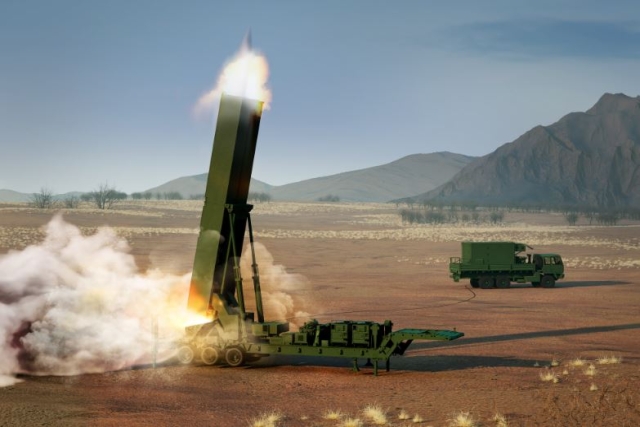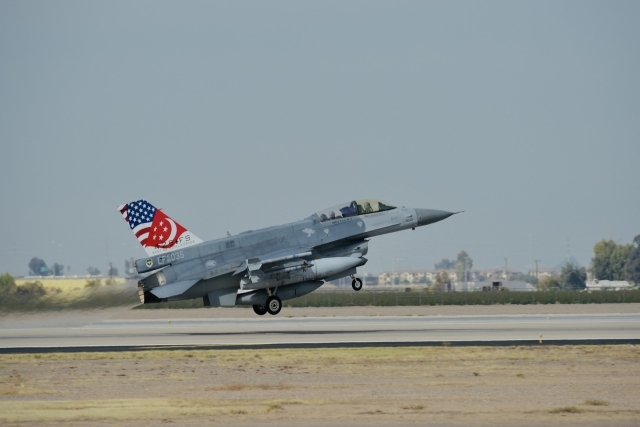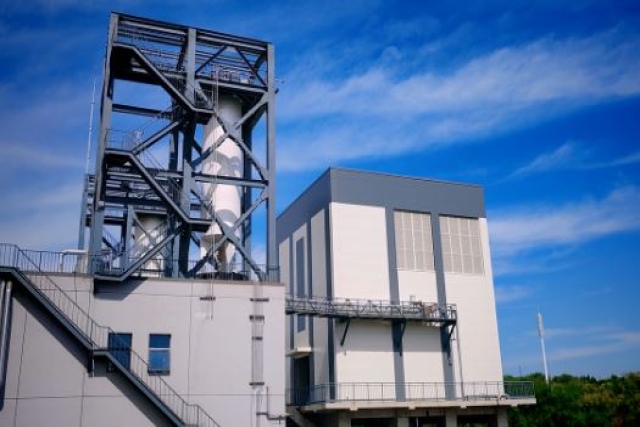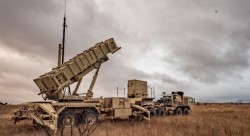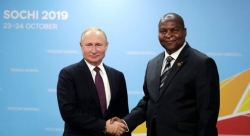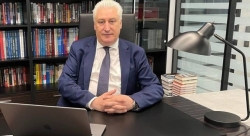EADS appoints Domingo Urena-Raso as Head of Airbus Military, Member of the EADS Executive Committee and Chairman of EADS CASA
AMSTERDAM: Upon proposal of the CEO of EADS Louis Gallois, the Board of Directors of EADS has appointed Domingo Ureña-Raso as the new Head of Airbus Military, Member of the EADS Executive Committee and Chairman of EADS CASA, replacing Carlos Suárez. He will be further appointed as member of the Airbus Executive Committee. Carlos Suárez, whose achievements as head of MTAD are recognized, will be offered a senior position consistent with his extensive experience in the coming days. On 16 December 2008, in the framework of the “Future EADS” programme, the Board of EADS decided to integrate the Military Transport Aircraft Division (MTAD) with Airbus, and to create Airbus Military in charge of all military transport aircraft. The integration is conducted in the interest of organizational efficiency – particularly a leaner and simpler A400M program organization. It will ensure the responsibility and accountability of Airbus Military. Domingo Ureña-Raso will report to Tom Enders, CEO of Airbus. With its culture of flexibility and access to Airbus capabilities, the new entity will manage inside Airbus the reorganized A400M programme, the promising Airbus aircraft derivatives market, and the light and medium transport aircraft segment. Airbus Military will be responsible for the growth and development of these markets. For the performance of its duty, it will muster resources either directly under its control, or accessible from Airbus’ formidable pool of capabilities. Domingo Ureña-Raso, 50 years old, is a technical aeronautical engineer (Madrid University), graduated from Paris ESSEC business school, and has worked on some major programmes including the FLA (later A400M) of which he was Chief Procurement Officer in 1996-97, before being Head of the Industrial Strategy of Airbus in 2006. He is presently in charge of the “turn-around” programme (Power 8) with Airbus and has greatly contributed to its successful implementation.

